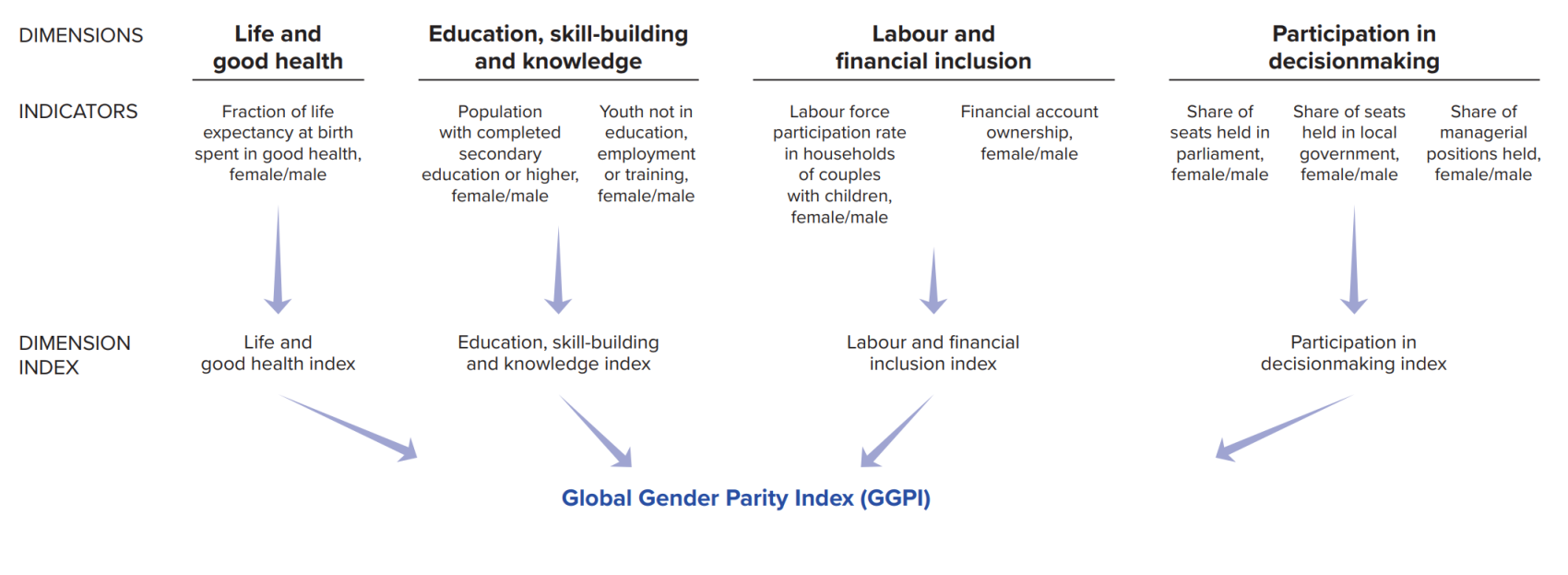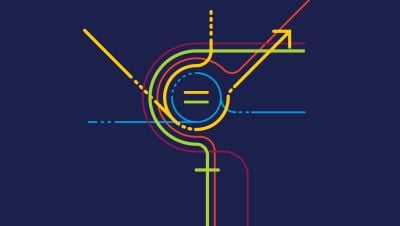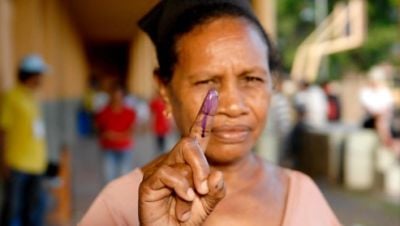The paths to equal
Twin indices on women’s empowerment and gender equality
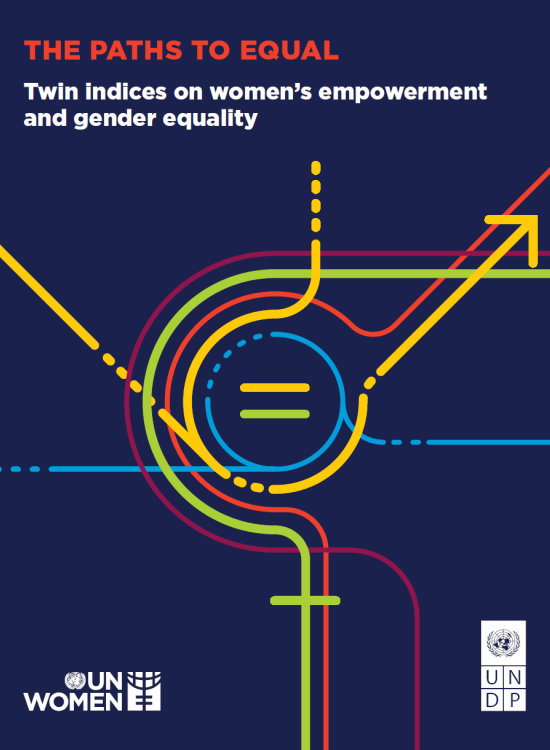
United Nations Development Programme (UNDP), United Nations Entity for Gender Equality and the Empowerment of Women (UN Women). 2023. The paths to equal: Twin indices on women’s empowerment and gender equality. New York.
The paths to equal
Twin indices on women’s empowerment and gender equality
This report expands the measures for women and girls to exercise their potential, their opportunities and the choices available to them. Policies that seek to further empower women and girls and achieve gender parity require robust data and measures that are comparable across countries and based on a sound methodology. While some such measures are available, the picture has been incomplete.
The report uses data for 114 countries, including new data on the progress towards the Sustainable Development Goals to fill some gaps. It introduces a new multidimensional framework to measure the status of women’s empowerment and gender equality across the world, with the Women’s Empowerment Index (WEI) and the Global Gender Parity Index (GGPI) as new twin indices.
The WEI focuses solely on women, measuring their power and freedoms to make choices and seize opportunities in life. The GGPI evaluates the status of women relative to men in core dimensions of human development and exposes gaps in parity between women and men.
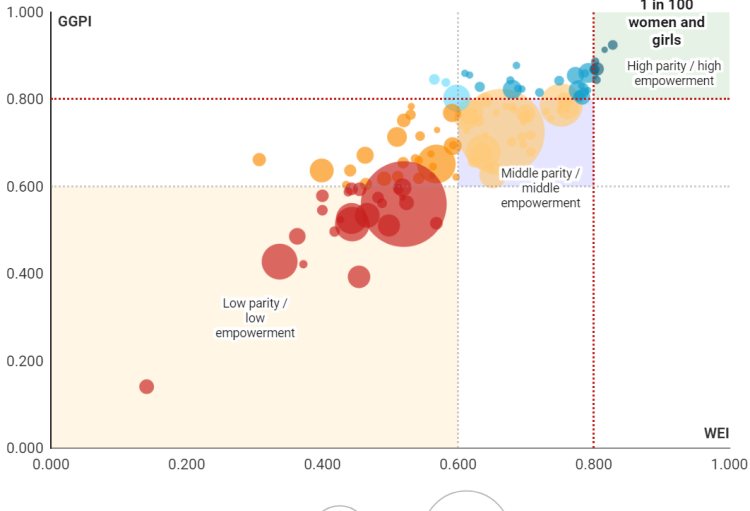
Interactive data visualization
The Women’s Empowerment Index (WEI)

The Global Gender Parity Index (GGPI)
